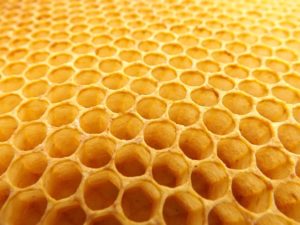As a specie we like to believe we are the best at everything. However, when it comes to architecture, that may not be the case. For millions of years animals have been creating their own environmentally friendly and cost-effective homes from whatever they find around them.
Mighty mounds
One of the most famous animal architects is the much maligned termite. Although they have a reputation for damaging buildings, termites are actually master builders. Relative to their size, the mounds termites construct are enormous, reaching heights in excess of 7 metres. To put that into perspective, humans would need to build a sky scraper 1.4 kilometres tall to compete with that kind of monumental structure.
Currently the world’s tallest building is the Burj Khalifa in Dubai, standing at 830 metres tall. Like termite mounds, the Burj Khalifa tapers as it rises, giving it a lower centre of gravity, thus making it more stable.
Air conditioned critters
It is not only the size of termite mounds that make them remarkable. Termite mounds maintain a constant internal temperature of roughly 30º C, even while the outside temperature fluctuates between freezing and 40º C. This natural air conditioning is achieved through the use of ventilation tunnels which draw fresh air in from the base. Stale air is then expelled through a central chimney.
It was this very concept that inspired architect Mick Pearce to design the Eastgate Center in Harare, Zimbabwe, which uses a passive cooling system to dramatically reduce the building’s energy consumption.
Dam that’s big!
Some animals are known as engineer species because they physically alter their environment. There is a beaver dam on the edge of Wood Buffalo National Park in Northern Alberta, Canada, which is so immense it can be seen from space! The dam is 850 metres long, and is thought to have been constructed by a number of beaver families working in cooperation. The dam is visible on NASA satellite footage dating from 1990, but could have been started as early as the mid 1970s.
Dams are not the only idea humans have borrowed from beavers. One reason beavers make dams is to flood areas in which to create their homes, or ‘lodges’. Making a home surrounded by a defensive moat protects their young from predictors in much the same way castles are protected by moats.
Architecture that’s the bee’s knees
Another great example of animal architecture is that of the humble honey bee. The iconic tessellating honeycomb affords beehives immense strength. So much strength in fact, that Korean architect In-Cheurl Kim was inspired to design The Urban Hive building in Seoul. This entomological edifice borrows the principles of honeycomb to create extremely strong exterior walls, negating the need for an internal steel skeleton. This saves on construction costs and limited resources.

Urban Hive 02 by Forgemind ArchiMedia. CC02
Whether it’s creating ever taller sky-scrapers, sustainable buildings, or harnessing the power of nature; perhaps the next architectural innovation will be inspired by the animals around us.



